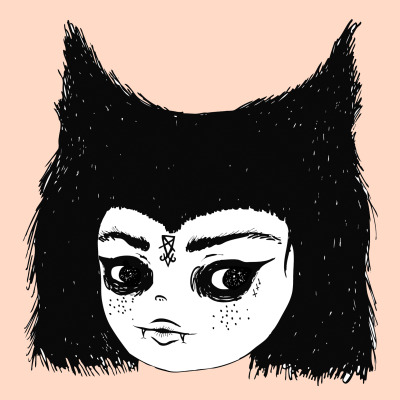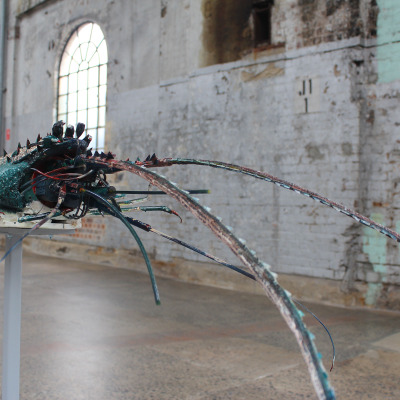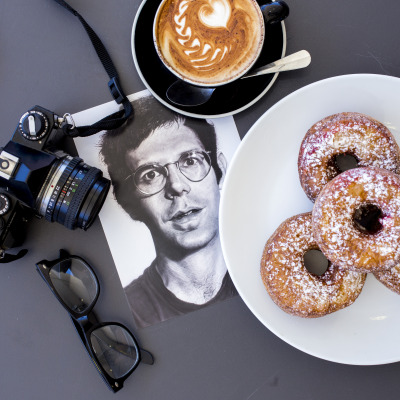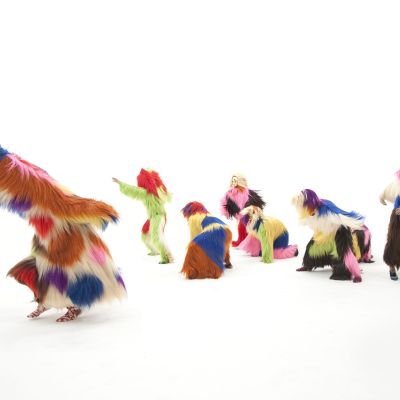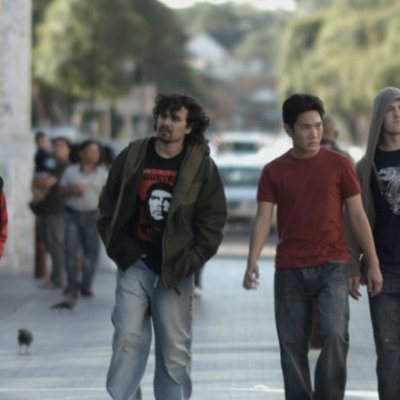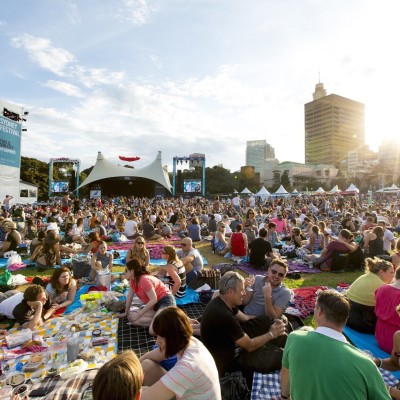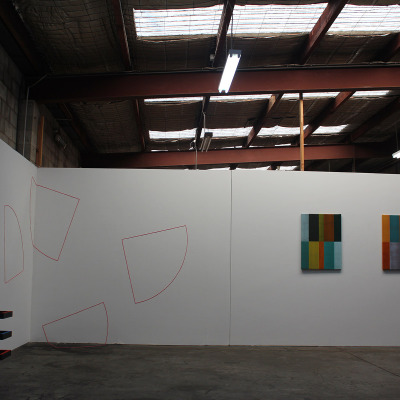Within the giant industrial walls of Carriageworks lies a spectacular interruption to its otherwise sonorous vacuity. The void is filled by two opposing five-metre-tall Buddha’s that filter the light from the sky above through their guarded and arresting position. One – the external aluminium mould – shines brightly. Transforming its space into a glimmering beacon of tranquillity, broken only by its severed head resting resoundingly by its side, on the concrete floor. The other – the internal – turns 20 tonnes of ash into a darkened and exposed mirror of its brother. The sculpture that will eventually be reduced to nothing has already begun on its path to a peaceful destruction. Musk and sweet smoke hang heavy in the air and the transformative nature of spirituality speaks to the mood such creations evoke.
Zhang Huan’s two-decade long career has seen his artistic fervour extend to all corners of the globe. From his humble beginnings in He Nan Province, China, to his relocation to New York, this artist finally put on hold his wanderlust and returned back to his roots. Now based in Shanghai, his 100 person-strong team of assistants work out of a space not dissimilar to Carriageworks in Sydney. It is here that the foundations for his artworks are laid, tested, imagined and brought to life. It was here; that Zhang’s latest installation Sydney Buddha was first brought to life, only to be reincarnated in the halls of Carriageworks some 8000 km’s away.
In conversation with Beatrice Galton, Zhang explained that Sydney Buddha speaks to the brevity of life, the importance of grasping onto the beauty of mortality. In what Huan states as being of great importance to this work, is his imploring of us, to “pay more attention to the issues in your heart” and “cherish, deeply, our life and our time”. This fleeting wistfulness is beheld physically in the disintegration of the ash Buddha over time. How day by day, uncontrollable amounts of the Buddha will deteriorate, falling to the ground and at last becoming nothing but the pile of ash from which it was first born.
Cyclical and symbolic, the two Buddhas represent a full cycle of one life and celebrate the moments within it. Contained within this life, most importantly, is the history and past of the souls that have passed through the Chinese temples from which the ash was collected. This history, which permeates Zhang's work, reflects a deep connection with his own past whereby his “constant life was to burn and worship ash”. The ash that held the hopes and prayers, mediations and sacrifices, of those who burnt it; “to me” he states “ash is not a material. You see so many tonnes of ash…burnt by millions of people…our collective hopes and blessings”.
It was these collective blessings that resonated so deeply with Zhang, during the traditional smoking ceremony, which heralded the artists welcome to the country and the unmasking of the ash Buddha. Zhang spoke candidly about his experience; “I worked with two Australian traditional Uncles… I’ve never experienced such a feeling. The first time I saw them, I felt the connection between Oriental culture and Australian traditional culture as felt in the soul of this earth.” It is this understanding of universality, of connectivity, that Zhang's art begs of us, that is so important to him as an artist “I combine my artwork, my life and my belief perfectly.”
As a Buddhist, Zhang applies knowledge of Chinese and Tibetan history throughout all his works, culminating in an undeniable spiritual pull for his viewers. His grandiose artworks expect equally as impressive outcomes; “I want to change art history.” Arguably he is doing just that. In celebrating impermanence he demands that the moment is captured and enjoyed to its fullest, that every detail is made clear and that life is remembered for its beauty and its horror, and that these paradoxes be made equally important as each other.
Sydney Buddha is now showing at Carriageworks as part of Sydney Festival.
8 January – 15 March, 10am – 6pm, daily. Admission is free.
